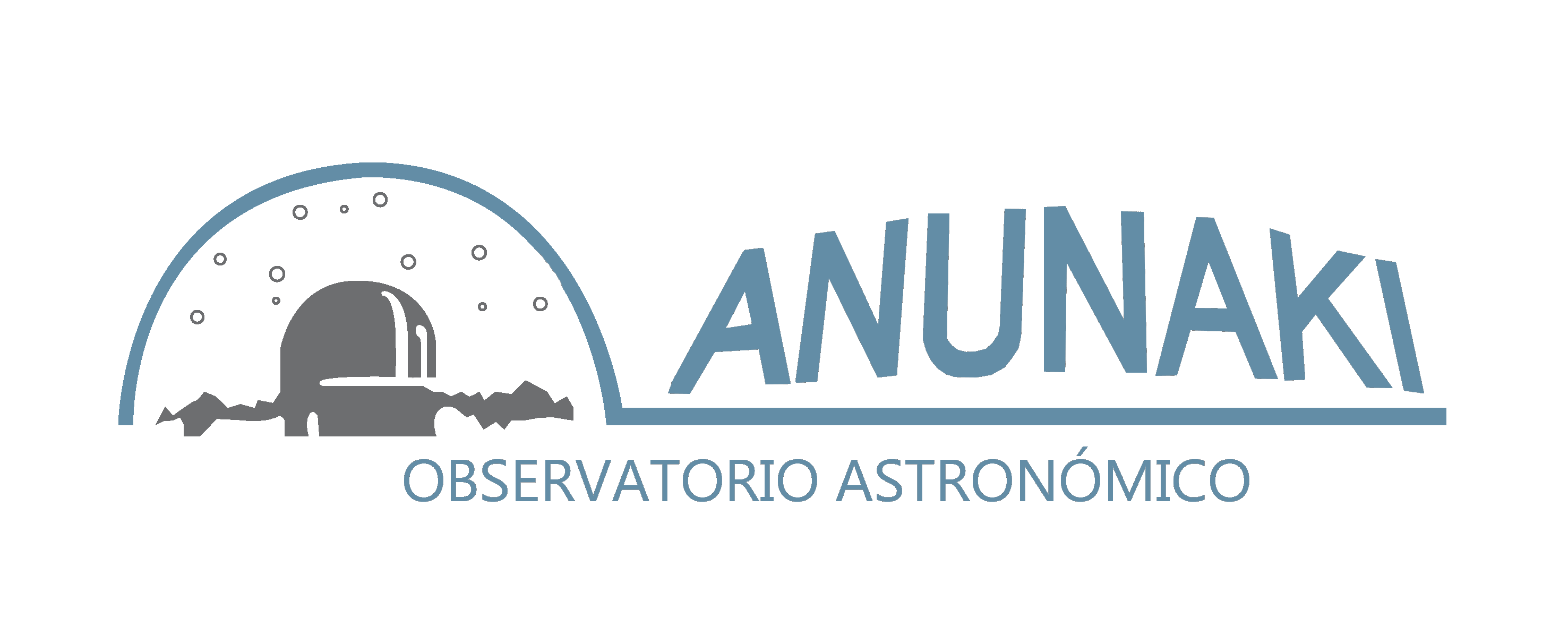An amateur observatory for professional studies
Studies of Exoplanets, photometry of asteroids, supernovae, occultation of stellar objects,
astrophotography, the Anunaki Observatory at the service of professional astronomers.
Photometry
Exoplanets
Observation of Exoplanets by differential photometry. We share all the data obtained, from the .fit to the analysis of them.
Asteroids
Photometry of asteroids for morphological studies, in collaboration with the Gaia-GOSA project.
Supernovae
The most violent events in the universe within the reach of any amateur astronomer. Get to know the research group and collaborate with us.
Astrophotography
Image of galaxies, nebulae and globular clusters, from the far reaches of the universe.
The way of the photons to our detector.
If you can do it
Why not carry it out?
Do you have an astronomical team and want to dedicate it to research?
Find the available ProAm collaboration projects.
Today more than ever you have the opportunity; observation of exoplanets, asteroids, NEO’s, light pollution studies and much more.

Latest publications
ProAm collaboration projects have their results, know the latest publications for which we have worked.

Astronomical Resources
Manuals and tutorials on observation techniques, photometry, exoplanets, astronomical software and much more.

















